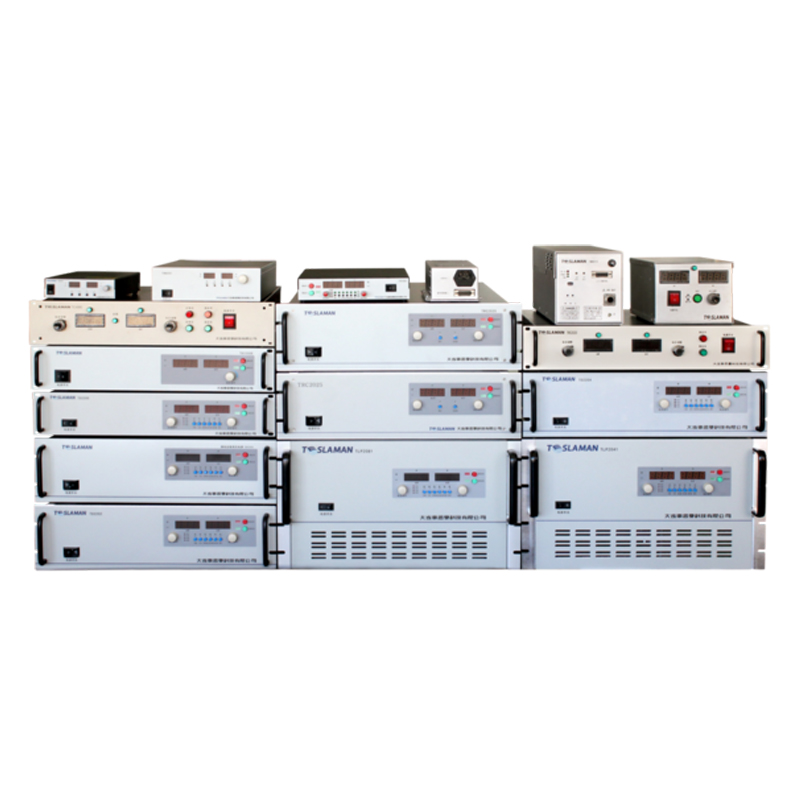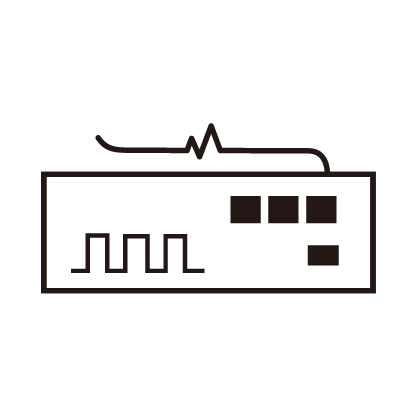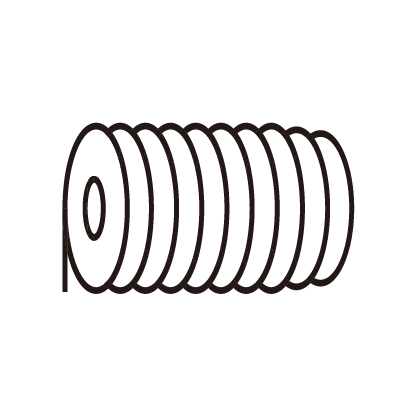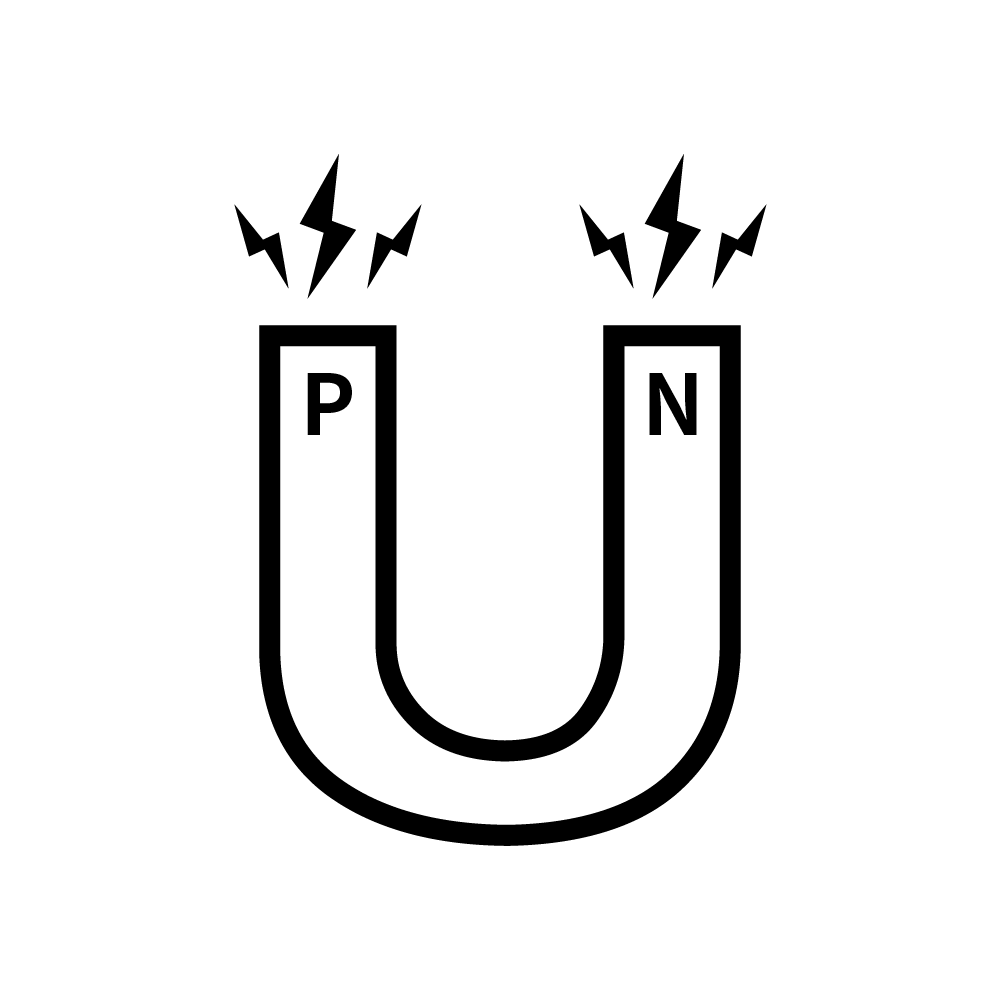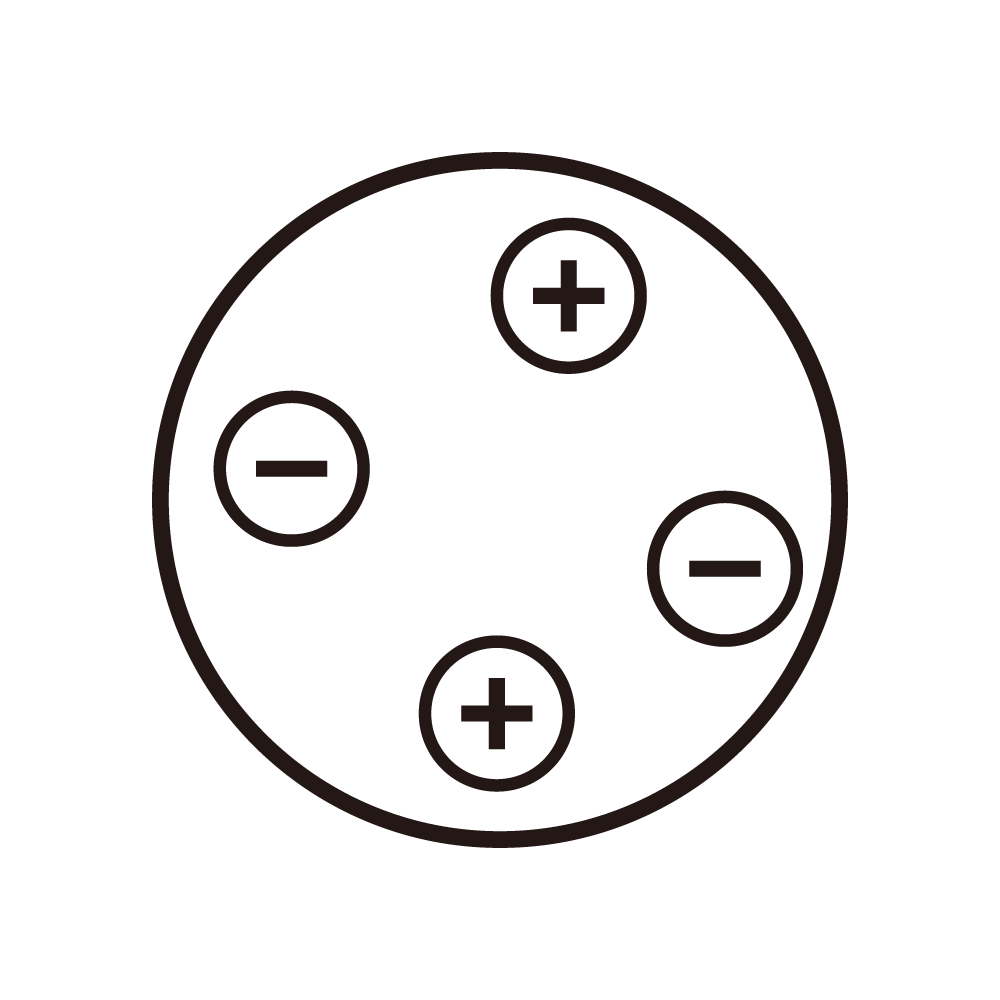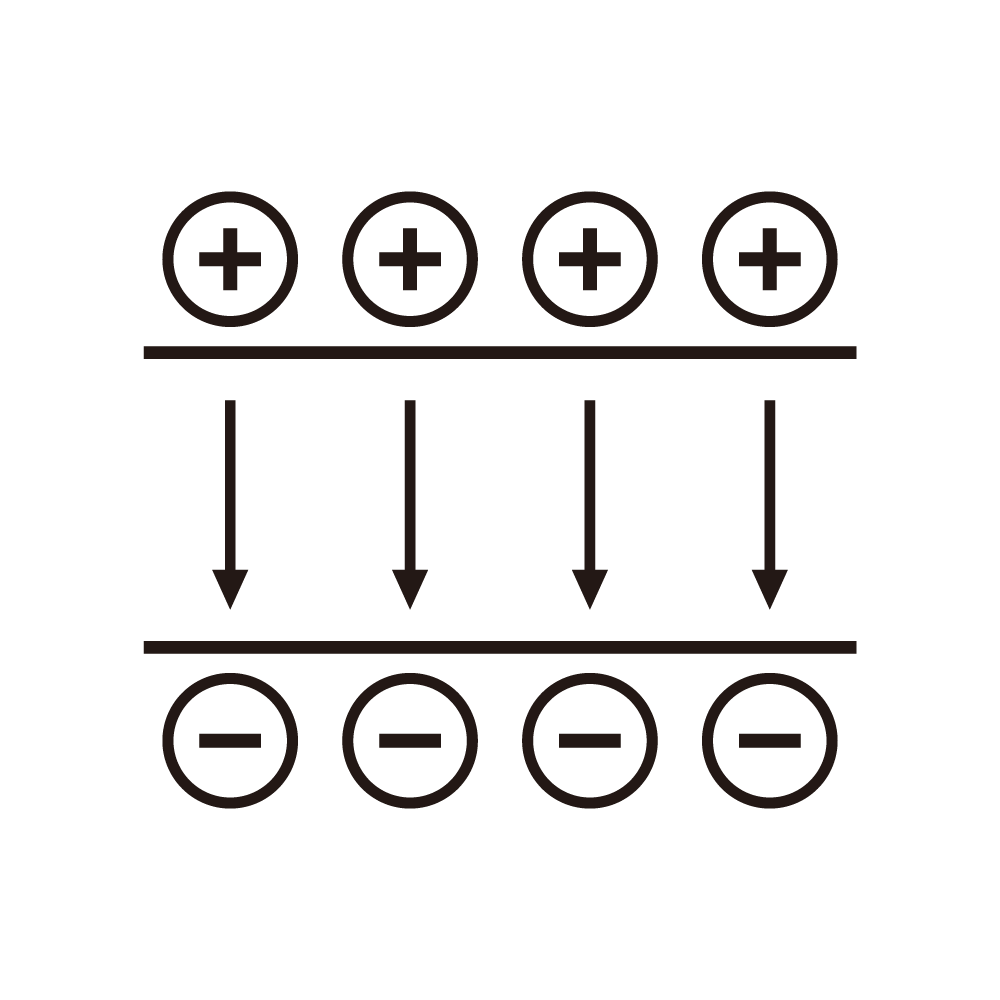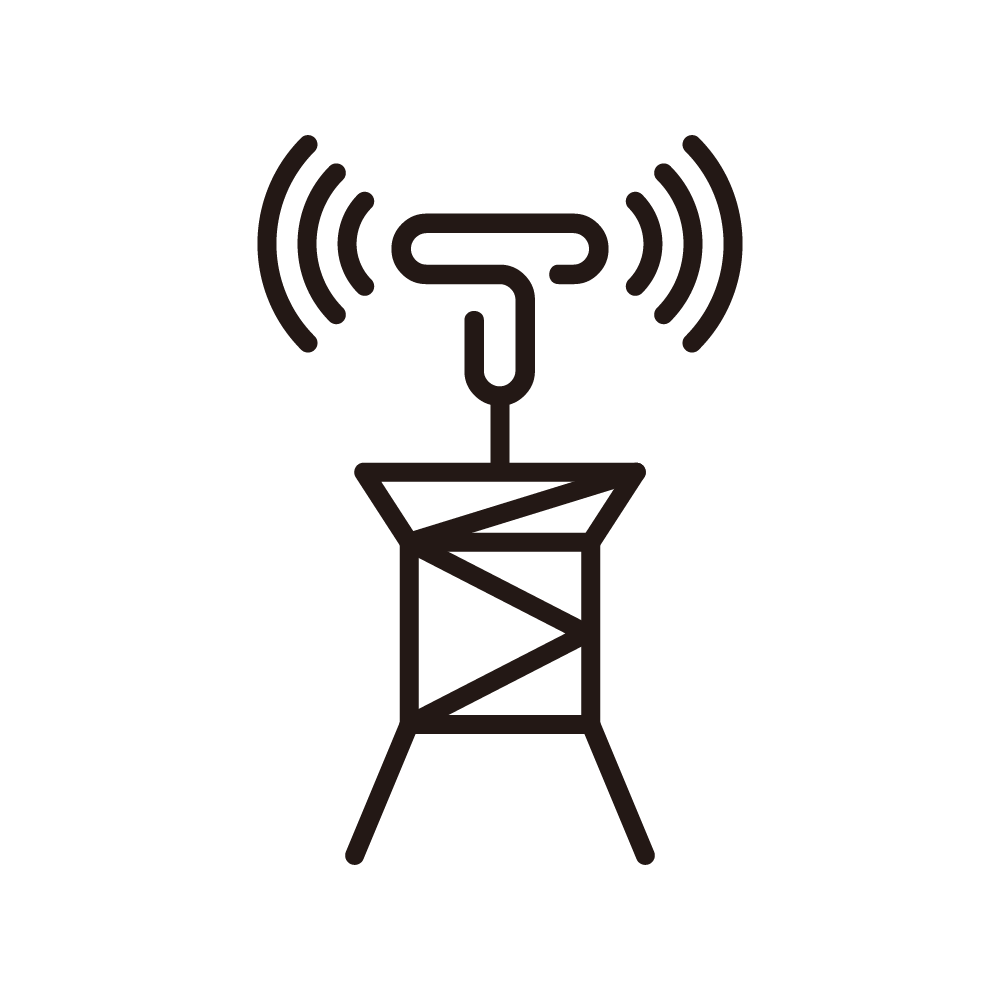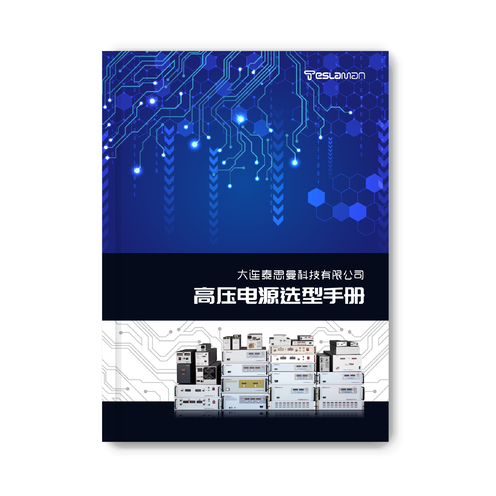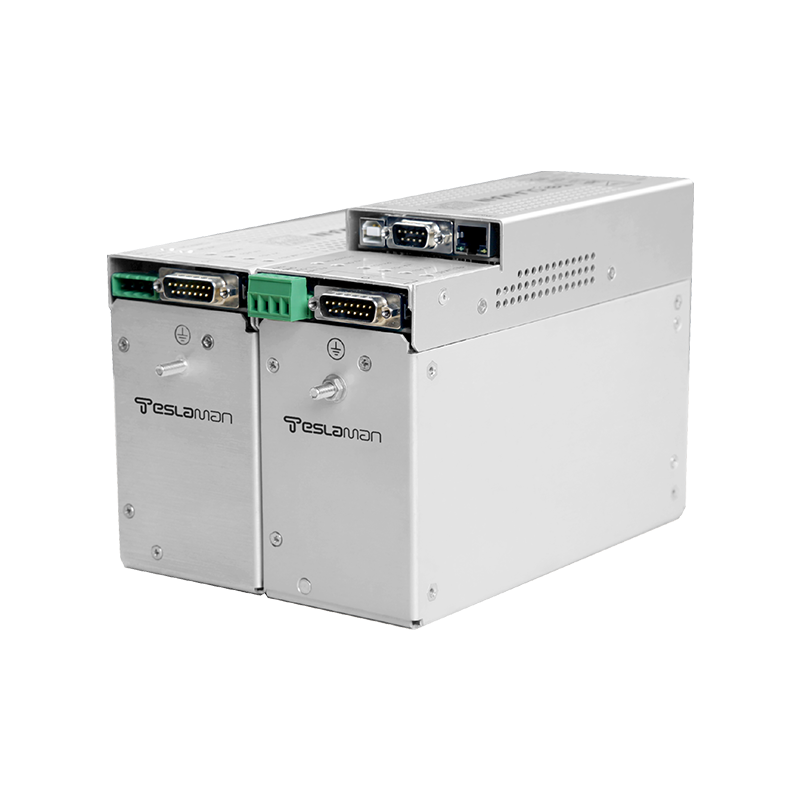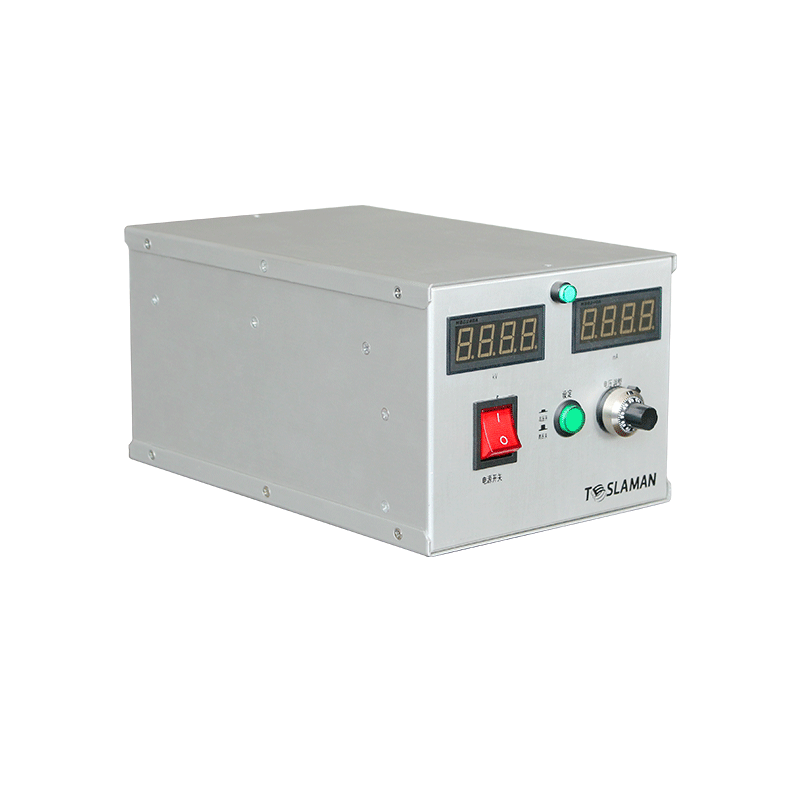Etching Angle Adjustment of Etching High-Voltage Power Supply
In fields such as semiconductor manufacturing and micro-nano processing, the etching process is a crucial link, and the etching high-voltage power supply plays a key role in it. The precise adjustment of the etching angle is of decisive significance for achieving high-quality etching effects and meeting the processing requirements of complex structures.
The etching high-voltage power supply realizes the etching of materials through the generated electric field and ion beam. During the etching process, the adjustment of the etching angle directly affects the selectivity and uniformity of the etching. When it is necessary to etch a structure at a specific angle, it is particularly important to reasonably adjust the parameters of the high-voltage power supply.
From the perspective of the electric field, the intensity and direction of the electric field generated by the high-voltage power supply will affect the movement trajectory of the ions. By precisely controlling the distribution of the electric field, the ions can be guided to impact the surface of the material at a specific angle, thereby achieving the required etching angle. For example, in the etching of some structures with a high aspect ratio, it is necessary to adjust the electric field to an appropriate intensity and direction so that the ions can impact the material vertically or nearly vertically to ensure the depth and accuracy of the etching.
In addition, the ion energy is also an important factor affecting the etching angle. The output voltage of the high-voltage power supply directly determines the magnitude of the ion energy. Higher ion energy will make the ions have greater kinetic energy when impacting the surface of the material, which may lead to a change in the etching angle. Therefore, during the process of adjusting the etching angle, it is necessary to precisely control the output voltage of the high-voltage power supply according to the specific material and etching requirements to obtain appropriate ion energy and thus achieve the ideal etching angle.
In practical applications, the adjustment of the etching angle also needs to take into account factors such as the gas environment. Different gases will generate ions with different properties under the action of the electric field, and the interaction between these ions and the material will also affect the etching angle. By optimizing the type and flow rate of the gas and combining it with the adjustment of the parameters of the high-voltage power supply, the control accuracy of the etching angle can be further improved.
In conclusion, the adjustment of the etching angle of the etching high-voltage power supply is a complex and delicate process, involving the comprehensive regulation of multiple factors such as the electric field, ion energy, and gas environment. Only by deeply understanding the interrelationships among these factors and making precise parameter adjustments can high-quality etching effects be achieved and the continuously increasing technical requirements in the modern micro-nano processing field be met.
